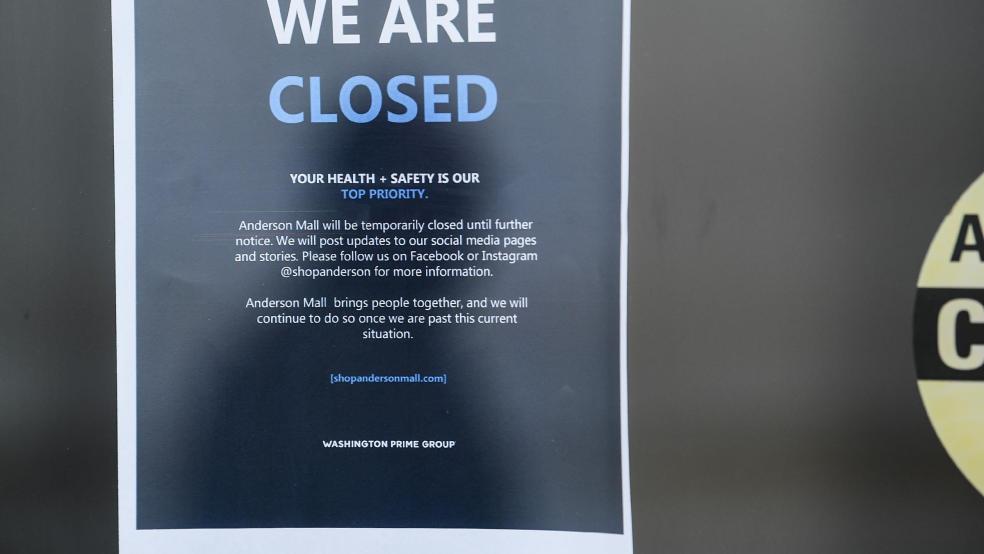No matter who wins the White House, they’ll be dealing with an economy that is still showing signs of serious stress.
About 751,000 people filed initial state unemployment claims last week, the Labor Department announced Thursday, a slight decrease from the week before but more than analysts expected. Another 363,000 filed for Pandemic Unemployment Assistance, the federal program that covers gig workers and the self-employed, bringing the total of new filers to roughly 1.1 million, little changed from last week.
All told, about 21.5 million people are receiving come kind of unemployment assistance, a decline of 1.1 million from the week before – but about 15 times higher than the same time last year, before the Covid-19 took hold.
Unprecedented conditions: Eight months after the pandemic began to tear through the U.S. economy, layoffs – which are roughly in line with new unemployment filings – are still at historically high levels. “Last week was the 33rd straight week total initial claims were far greater than the worst week of the Great Recession,” said Heidi Shierholz of the Economic Policy Institute.
Covid cases climbing: Economists worry that a new wave of infections could dramatically slow the already faltering recovery, and public health officials are delivering bad news in that regard. “The United States on Wednesday recorded over 100,000 new coronavirus cases in a single day for the first time since the pandemic began, bursting past a grim threshold even as the wave of infections engulfing the country shows no sign of receding,” The New York Times reported.
Fed chief warns: Speaking to reporters after a meeting of the Federal Open Market Committee, Federal Reserve Chair Jerome Powell said that the outlook for the economy is “extraordinarily uncertain” and that he was concerned about the resurgence of the coronavirus. The pandemic is the biggest threat to the economy, Powell said, forcing households to run through the savings they accumulated from enhanced unemployment benefits and stimulus checks, which were provided by federal programs that have now run out of money, with no clear plan in sight to revive them.
The Fed chief said he was confident that officials could maintain financial stability in the broader economy, but they would need help from lawmakers when it comes to households and consumer demand. “We’ll have a stronger recovery if we can get at least some more fiscal support, when it’s appropriate and at the size Congress thinks is appropriate.”
Waiting for a vaccine: “A sustained recovery will not occur until a vaccine is widely available, likely in mid-2021, at best,” Dante DeAntonio, an economist at Moody’s Analytics, said in a note Thursday. Until then, risks to the labor market “are weighted heavily to the downside.” DeAntonio added that the “increased spread of the virus across much of the country could result in an even larger pullback in business activity than expected. Further, the breakdown of talks for additional fiscal stimulus prior to the election left households, businesses, and state and local governments in the lurch waiting for additional support. This will further weaken an already-fragile labor market recovery.”




